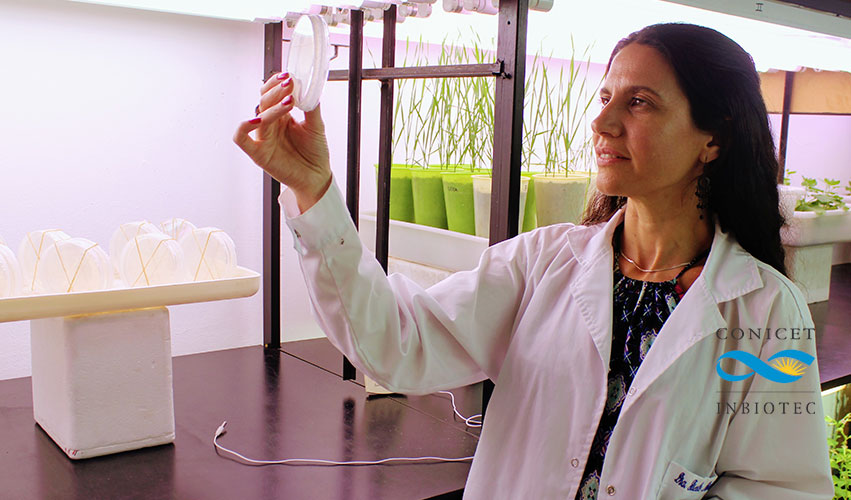Journal of Experimental Botany, eraa603, 2021
Abstract
Target of Rapamycin (TOR) is an evolutionarily conserved protein kinase that plays a central role in cell growth control, in coordination with light, diurnal cycle, energy availability and hormones. TOR controls plant proliferation, growth, metabolism and defense. Sugar availability is the main signal for plant TOR activation, as in mammals and yeast. Inorganic compounds, as major nutrients in the soils, and light inputs, due to their impact on autotrophic metabolism, are specific regulators of TOR kinase pathway in plants. The lack of TOR is embryo-lethal in plants, whereas dysregulation of TOR signaling causes major alterations in plant growth and development. TOR exerts control as a regulaTOR of protein translaTORs by the action of proteins like S6K, RPS6 or TAP46. Phytohormones are central players of the downstream systemic physiological effecTORs. TOR has been recently attributed emerging roles in the control of DNA methylation, the abundance of mRNA splicing variants and the richness of regulatory lncRNAs and miRNAs. We summarize recent discoveries in plant TOR signaling pathway in the context of the current knowledge of mammalian and yeast cells, and highlight the most important gaps in our understanding of plants to be addressed in the future.
Keywords: Alternative splicing, DNA methylation, hormonal regulation, plasmodesmata transport, protein translation, R2TPP complex, RNAs regulation, TOR KINASE, TORC1 dimerization, subcellular localization (regulation), sugar signaling

